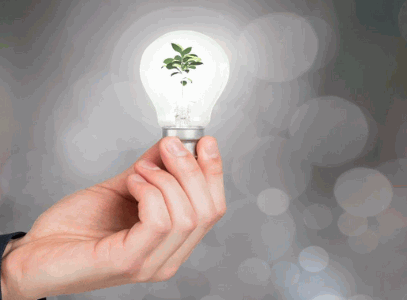LED lighting has revolutionized the way we illuminate our homes and businesses. From energy efficiency to environmental impacts, LED lighting offers a range of benefits.
This article explores the inner workings of LED lighting, its advantages, and its contribution to sustainability. We will also discuss potential drawbacks and provide tips for consumers to make sustainable choices.
Join us as we delve into the world of LED lighting and discover how it can help create a more sustainable future.
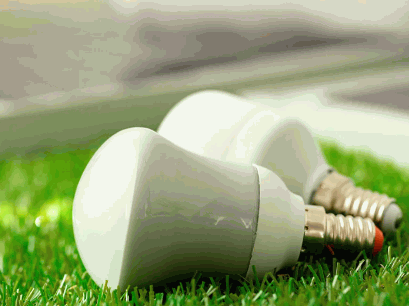
LED lighting, also known as Light-Emitting Diodes, refers to a form of artificial lighting that utilises semiconductor technology to convert electricity into light efficiently.
LED lighting technology traces its roots back to the early 1960s when red LEDs were first developed. Over time, advancements in LED technology expanded the colour range and brightness levels, leading to their widespread adoption in various applications.
Compared to traditional light sources like incandescent or fluorescent bulbs, LEDs offer significant benefits. They consume substantially less energy, have a longer lifespan, emit little heat, and are more durable. This energy efficiency has led to their popularity in residential, commercial, and industrial settings around the world.
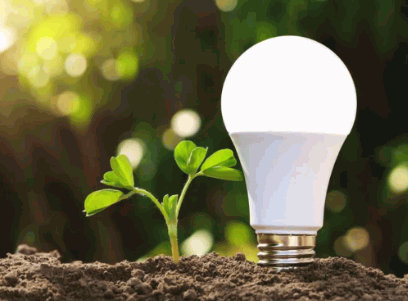
LED lighting works by passing an electrical current through a semiconductor material, which then emits light through the principle of electroluminescence.
In contrast to traditional incandescent bulbs that produce light by heating a wire filament until it glows, and CFLs which use electricity to excite mercury vapor, LEDs generate light when electrons recombine with electron holes within the semiconductor material, releasing energy in the form of photons. This direct conversion of electrical energy into light results in LEDs being highly efficient, emitting very little heat compared to other lighting technologies.
Dig deeper: How To Install Retrofit LED Recessed Lighting
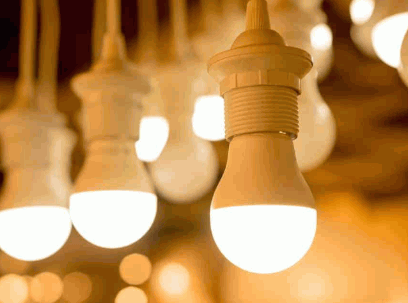
LED lighting offers numerous benefits over traditional lighting solutions, including superior luminous efficacy, greater energy efficiency, longer service life, and versatility in applications.
One of the primary advantages of LED lights is their remarkable energy efficiency, which translates into significant energy savings and a reduction in global electricity consumption.
LED lights stand out for their ability to convert a higher percentage of energy into light, leading to less wasted electricity and lower utility bills for households and businesses. This efficiency is showcased by the fact that traditional incandescent bulbs waste about 90% of their energy as heat, while LEDs waste only about 10%.
Compared to compact fluorescent lamps (CFLs), LEDs also come out on top, consuming up to 75% less energy. This technology has made significant strides in recent years, contributing to a substantial decrease in global energy consumption.
LED lights boast a significantly longer lifespan compared to traditional lighting solutions, which results in lower maintenance costs and enhanced durability over time.
For instance, while incandescent bulbs typically last around 1,000 hours and CFL bulbs about 8,000 hours, LED lights can shine for an impressive 25,000 to 50,000 hours. This means that LED lights can outlast incandescent bulbs by 25 to 50 times and CFL bulbs by over 3 to 6 times. Due to this prolonged lifespan, businesses and households benefit from reduced frequency of replacements, cutting down on both time and expenses associated with maintenance.
LED lights are known for their exceptional durability, which is partly due to their ability to manage thermal energy efficiently and their robust construction.
Efficient thermal management is crucial for LED lights as it helps dissipate heat effectively, preventing overheating and prolonging the lifespan of the components. In addition, high-quality materials used in manufacturing enhance the resilience of the lights, making them more resistant to environmental factors and wear and tear. These factors combined result in reduced maintenance requirements and longer service life, making LED lights a cost-effective and reliable lighting solution for various applications.
The versatility of LED lighting allows it to be used in a wide range of applications, from residential use to illuminating large sports venues and stadiums.
LED lighting has become increasingly popular in residential settings due to its energy efficiency, longevity, and customisable features. Homeowners can benefit from the variety of LED fixtures available, such as sleek recessed lighting, stylish pendant lights, and innovative smart bulbs that can be controlled remotely.
In commercial spaces, LED lighting is favoured for its ability to enhance the atmosphere, improve productivity, and reduce energy costs. Offices, retail stores, and restaurants utilise LED track lighting, panel lights, and accent lighting to create welcoming environments for customers and employees.
The specialised applications of LED lighting in sports venues are remarkable. LED floodlights and stadium lighting solutions offer superior brightness, colour rendering, and durability, ensuring optimal visibility for players and spectators during sporting events such as football matches and concerts.
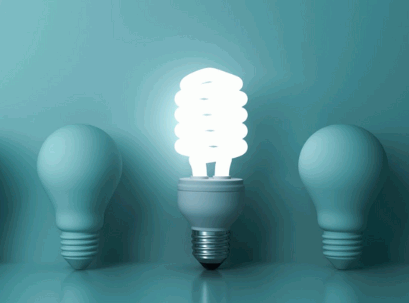
LED lighting has a profound impact on the environment, promoting sustainability by reducing energy consumption, decreasing light pollution, and minimising the use of hazardous materials.
LED lighting dramatically reduces energy consumption compared to traditional light sources, leading to substantial savings in global electricity consumption.
One of the key reasons for the significant energy savings achieved by LED lighting is its remarkable efficiency. LEDs convert a higher percentage of electricity into light, generating less heat in the process compared to incandescent or fluorescent bulbs.
This higher efficiency translates into lower electricity usage, which has a direct impact on overall energy consumption. In fact, statistics reveal that lighting accounts for around 15% of global electricity consumption, with traditional lighting technologies contributing significantly to this figure.
By consuming less energy, LED lighting contributes to a significant reduction in carbon footprint and greenhouse gas emissions.
LED lighting is more energy-efficient compared to traditional incandescent or fluorescent lighting options, as it converts a higher percentage of energy into light rather than heat. This increased efficiency translates into lower energy consumption, thus decreasing the amount of carbon dioxide and other greenhouse gases released into the atmosphere. In fact, statistics show that LED technology can reduce greenhouse gas emissions by up to 70% compared to conventional lighting sources, making it a key player in achieving global sustainability targets for carbon emission reductions.
LED lights do not contain toxic elements such as mercury, which are prevalent in other types of lighting, making them a safer option for the environment.
On the other hand, traditional incandescent lights and CFLs do contain hazardous substances like mercury, lead, and other toxic materials. When these conventional bulbs are disposed of improperly, these toxic elements can leach into the soil and water sources, posing serious environmental and health risks.
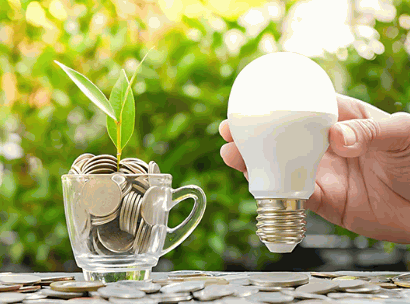
LED lighting contributes to sustainability through energy-efficient performance, reduced waste production, improved air quality, and lower carbon emissions.
LED lighting plays a critical role in energy conservation due to its high luminaire efficiency and energy-efficient performance.
When compared to traditional lighting technologies, LED lighting stands out for its ability to significantly reduce energy consumption while still providing ample illumination. The luminaire efficiency of LEDs ensures that a larger percentage of the electricity used is converted into visible light, resulting in lower energy wastage. This not only helps in cutting down electricity bills for households and businesses but also contributes to a greener environment by reducing carbon emissions. With advancements in LED technology, the lifespan of LED bulbs has increased, further enhancing their sustainability and energy-saving benefits.
The longer lifespan of LED lights significantly reduces waste production and facilitates easier recycling and disposal processes.
LED lights, owing to their durability, require less frequent replacement compared to traditional incandescent or fluorescent bulbs, ultimately resulting in less waste being generated. This reduction in waste not only benefits the environment but also minimizes the resources needed for manufacturing new bulbs.
Regarding recycling, LEDs are more environmentally friendly than other lighting types. The materials used in LEDs, such as aluminium and plastic, are highly recyclable, making it easier to repurpose components and reduce overall waste sent to landfills.
Using LED lights can lead to improved air quality by reducing the release of toxic elements into the environment.
When compared to traditional lighting sources such as incandescent or fluorescent bulbs, LEDs do not contain harmful substances like mercury, lead, or other toxic chemicals. This absence of hazardous materials in LEDs means that there is a significantly lower risk of environmental contamination through air pollution when these lights are disposed of or broken.
LEDs are not only environmentally friendly during operation but also have a reduced carbon footprint due to their energy efficiency. This means that the overall environmental impact of LED lights is much lower compared to traditional lighting options, making them a sustainable choice for both indoor and outdoor illumination.
LED lighting contributes to reduced carbon emissions, aligning with global sustainability targets and energy savings initiatives.
LED lighting technology is recognised for its energy efficiency and minimal environmental impact. By replacing traditional lighting sources with LEDs, significant reductions in energy consumption and greenhouse gas emissions are achievable. This shift towards LED lighting supports the United Nations Global Goals, which aim to combat climate change and ensure sustainable energy for all. Through enhanced energy efficiency and longer lifespan, LED lighting solutions play a vital role in achieving a more sustainable future.
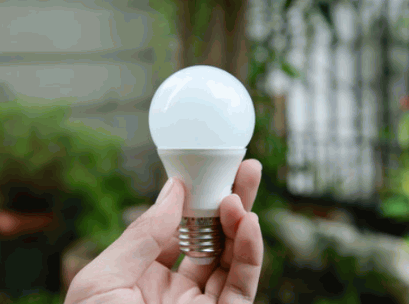
Despite its many advantages, LED lighting does have potential drawbacks, including higher upfront costs, potential blue light hazards, and limited color options.
One of the main drawbacks of LED lighting is its higher upfront cost compared to traditional lighting options, although this is often offset by long-term energy savings and reduced maintenance costs.
Whilst the initial investment in LED lighting fixtures may seem steep, it's important to consider the substantial energy efficiency benefits that these modern solutions offer. LED lights consume far less electricity compared to incandescent or fluorescent options, resulting in significant cost savings on utility bills over time.
The longevity and durability of LED lights mean that they require less frequent replacement, reducing the need for maintenance and replacement expenditures in the long run.
LED lights emit blue light, which has been linked to potential health hazards such as eye strain and disruptions to circadian rhythms, raising concerns for global health.
Studies have shown that prolonged exposure to blue light can lead to digital eye strain, characterised by symptoms such as dry eyes, headaches, and blurry vision. The blue light emitted from LEDs can interfere with the production of melatonin, the hormone responsible for regulating sleep-wake cycles, potentially causing sleep disturbances and insomnia.
Researchers suggest that limiting screen time, using blue light filtering glasses, and adjusting the colour temperature of devices can help mitigate the negative effects of blue light exposure. Incorporating more warm-coloured lighting in the evening and establishing a bedtime routine free from electronic devices can aid in restoring disrupted circadian rhythms.
Whilst LED lighting offers many benefits, it has a limited range of colour options, which can affect visibility and suitability for certain lighting applications.
Compared to traditional incandescent bulbs or fluorescent lights, LED technology falls short in terms of the variety of colours it can produce. Incandescent bulbs, for example, can emit a warm, yellowish glow, while fluorescents can offer a cooler, bluish light. This broader spectrum allows for more versatility in creating different atmospheres and meeting specific lighting needs.
LED's limited colour choices, typically including white, warm white, and a few other standard colours, may not be ideal for environments where vibrant or specific hues are required. This can be a drawback in settings where colour accuracy or the ability to create different moods through lighting is crucial.
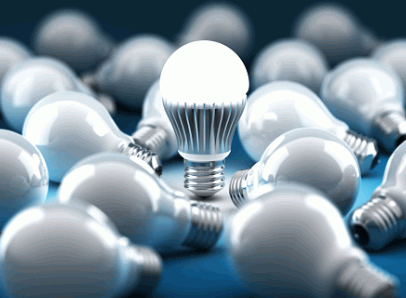
Consumers can make sustainable choices with LED lighting by selecting energy-efficient products, such as those from LED iBond and Everly, and by following best practices for installation and use.
When choosing LED lighting, look for products with high energy efficiency ratings, like Energy Star certification. These LEDs consume less power whilst providing optimal brightness, ensuring long-lasting performance. Energy savings achieved through LEDs can significantly reduce electricity costs over time. Consider the colour temperature and lumens output to match the lighting needs of each room or space.
